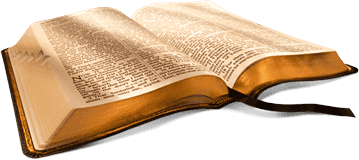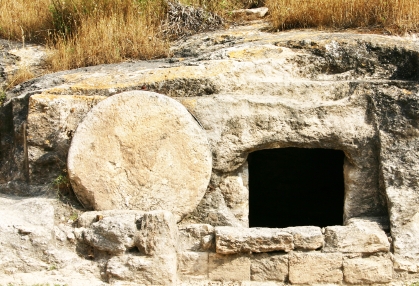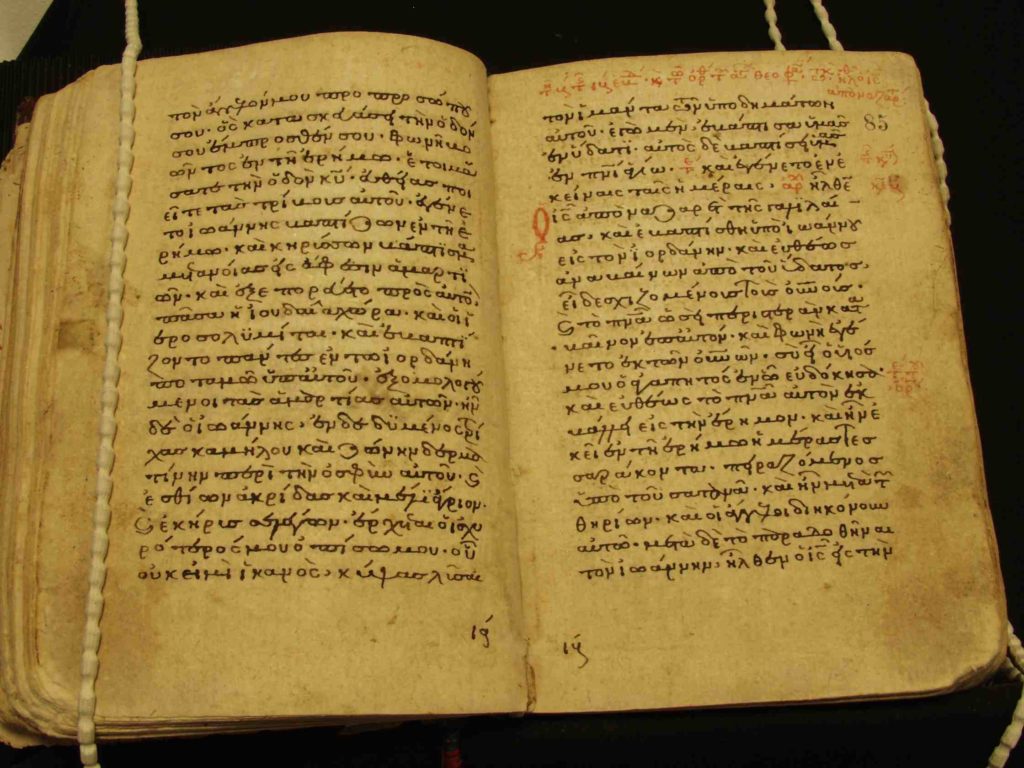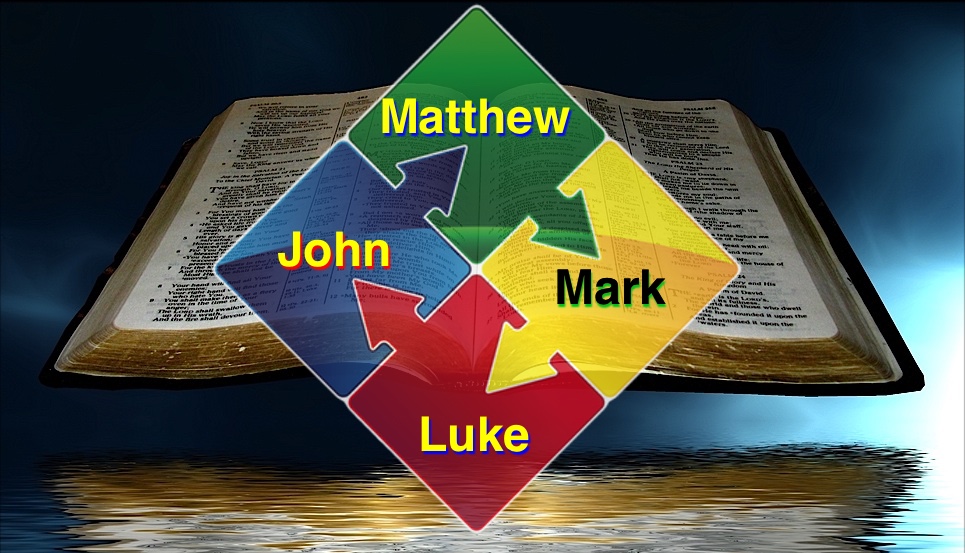:max_bytes(150000):strip_icc()/2048px-John_1-5c2d79b2c9e77c0001830496.jpg)
Today, critics often assert that the Gospel of John was written in t
he 100’s CE, not by the apostle John, but by someone, or even multiple writers, who weren’t even born until long after Jesus’ death. These critics, of course, deny the inspiration by God’s holy Spirit
(2 Timothy 3:16), “as they do also the rest of the scriptures” (2 Peter 3:16 NKJV). Although the Gospel of John was written anonymously, it is important for us to know when, and by whom, was the gospel of John written, if possible. Every extant manuscript that includes the beginning of the book names John as the writer. Was this “John” someone other than the apostle John? This article investigates and analyzes the facts.
THE GOSPEL OF JOHN WAS WRITTEN AFTER THE OTHER GOSPELS
The writer of John apparently had the other three Gospels, Matthew, Mark, and Luke, before him as he wrote, and he tried to fill in some of the gaps, because about 92% of the book of John contains unique material. Clement of Alexandria, who lived in the late 100’s to early 200’s, reported that John wrote to supplement the accounts found in the other Gospels. “Last of all, John, perceiving that the external facts had been made plain [in the other canonical gospels] . . . composed a spiritual gospel” (Eusebius, Ecclesiastical History, 6.14.7). This, of course, means that the Gospel of John was written after Matthew, Mark, and Luke. read more

:max_bytes(150000):strip_icc()/2048px-John_1-5c2d79b2c9e77c0001830496.jpg)




